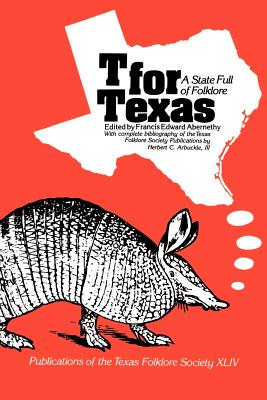A blast from the past
The history of John Tarleton and his final resting place
John Tarleton, the figurehead and legend of Tarleton State, is believed to have been born in November 1808. John became orphaned early on and was sent to live with his aunt, who he quickly took a dislike to. He left his aunt’s home as soon as he could and went to join the army. Well… that didn’t work out either due to young Tarleton’s small stature.
Tarleton would then float from job to job until finally settling at a school teacher position for a salary of $30 a month. Using the money he earned from his salary, he then invested in government certificates that had been issued to soldiers during the War of 1812. These certificates were very valuable and were the key to millions of acres of land in states like Arkansas, Missouri, and Kansas. The land he bought also included 10,000 acres in Palo Pinto and Erath County. When Tarleton finally visited the land in Erath and Palo Pinto it was occupied by American Indians, so he left and went to open a mercantile store in Waco, Texas.
While in Waco, Tarleton met the widowed Mary Lousia Johnson, a woman from an aristocratic family in Waco. The couple was quickly married, but not before a prenuptial contract was signed. This led to an interesting development when Mary Louisa found out about the large land holdings of John Tarleton. Mary Lousia Johnson then believed that they should divide the land between the two of them. Of course, this was met with protest by Tarleton, and the couple promptly divorced shortly after their first anniversary.
In 1880, Tarleton returned to Palo Pinto and Erath counties with money in his shoes and a pioneer’s glint in his eye. The American Indians had long since left, and he decided to start ranching cattle. That worked out for a little while, until the price of cattle dropped significantly, he then hired a lawyer to sell all his holdings.
While in Erath county, Tarleton hired lawyer J. Collin George to help him settle a dispute between ranchers; George would later become a respected friend of Tarleton. As John grew older he was planning to leave in his will $85,000; he wished to donate this money to a school. After some convincing, George helped Tarleton donate the money from his will to a struggling college in Stephenville. In 1899, the school reopened and would be known, officially, as John Tarleton Agriculture College.
John Talreton died on September 11, 1895 of typhoid fever which he had contracted that fall. Since then, Tarleton has been buried in three different places and two different counties. Tarleton always wished to be buried on his own property, and his first resting place was the town of Patillo in Pisque cemetery in north Erath county. However, just a brief year later in 1898, George, Tarleton’s former lawyer, decided John Tarleton’s body should be moved and laid to rest at the college in Stephenville. The coffin was exhumed and carried by four men to the new site, Campus Hall, at Tarleton State University. This is where Tarleton rested until 1928, when Campus Hall was deconstructed. Now, there are several different accounts of what became of the remains of John Tarleton’s body, the most popular one involves a spontaneous wooden box. The third and final exhumation of Tarleton’s body was a bit messy. According to history, the coffin fell apart as it was raised, and Tarleton’s remains spilled onto the ground. The exhumation was being done at night, and a new coffin could not be obtained. So, the remainder of Tarleton’s bones were placed into a shoebox-sized wooden box and buried in a small park at the intersection of Washington and Lillian Street, which is where the bones of Tarleton lie today. In 1986, a Texas historical marker was obtained as well as a large gravestone.
For more information on John Tarleton and his life you can visit: https://www.tarleton.edu/traditions/documents/purple-book-tarleton-traditions.pdf
https://www.tarleton.edu/library/crosstimbers/collections/tsucollection/TAN00008P.html
John Tarleton was a pioneer, nomad, and gracious founder of the beloved Tarleton State University. May he rest in peace (finally).





